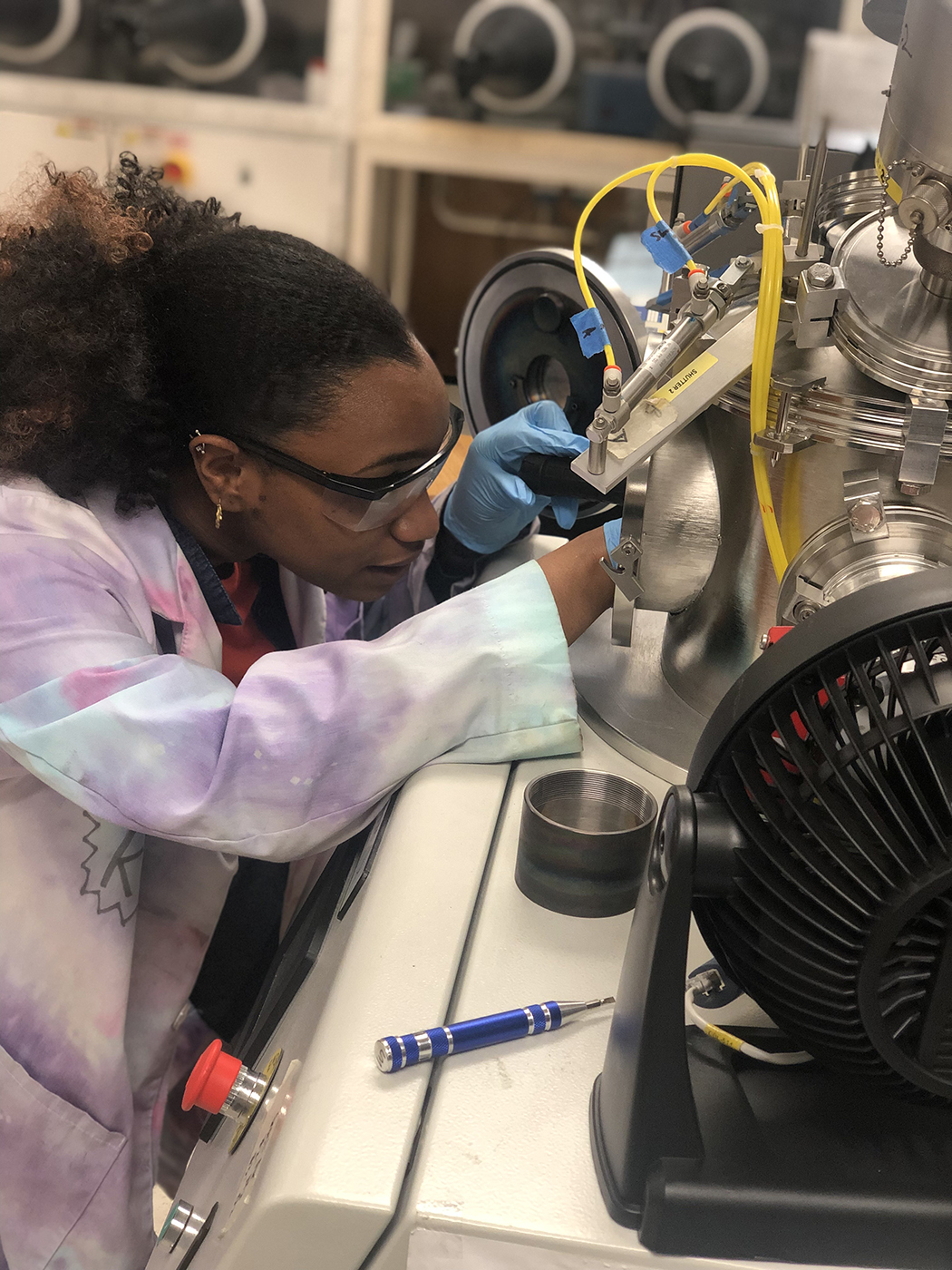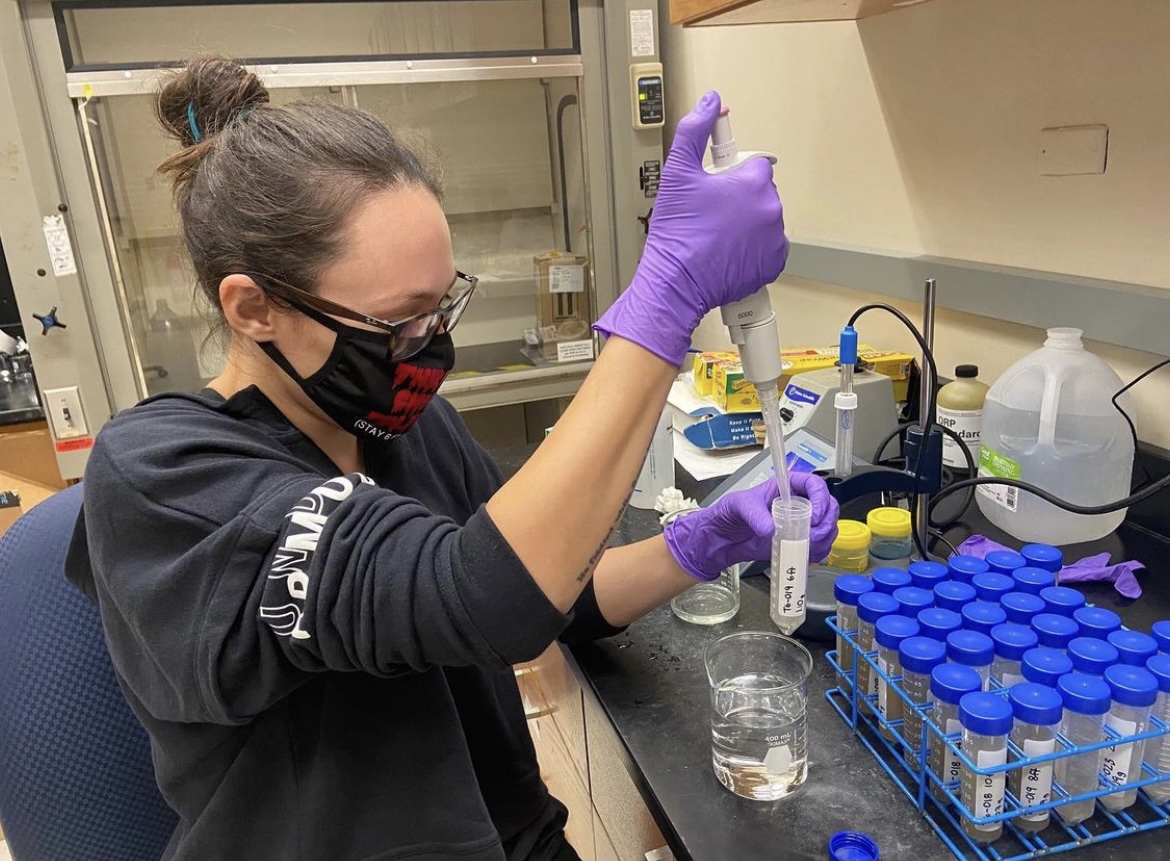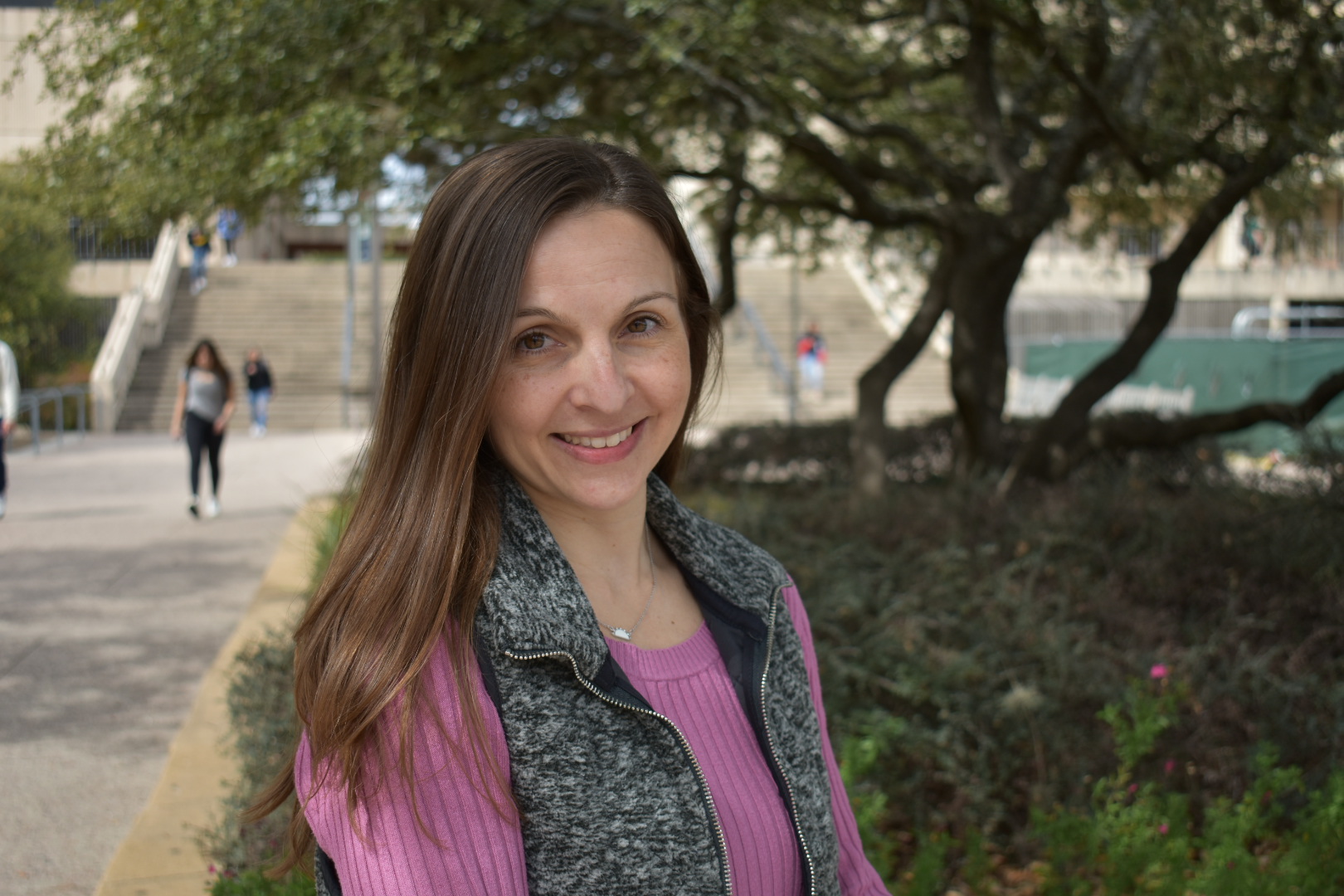Every day NASA is learning more and more about the Earth’s ever-changing environment, from the shrinking ice shelves to the warming atmosphere.
NASA’s environmental scientists and projects are receiving a boost for some of that new research through NASA’s MUREP Institutional Research Opportunity (MIRO) funding. NASA’s Minority University Research and Education Project (MUREP) are administered through NASA’s Office of STEM Engagement. MUREP enhances the capabilities of Historically Black Colleges and Universities, Hispanic Serving Institutions, Tribal Colleges and Universities, and other Minority Serving Institutions to contribute to the research needs of science and technology enterprises.
MIRO, a funding activity under MUREP, provided funding to several Minority Serving Institutions (MSIs) that have established opportunities for aspiring environmental scientists to make discoveries that will continue to drive environmental science missions.
MIRO Programs Empower Student Success
The NASA MIRO Center for Advanced Measurements in Extreme Environments (CAMEE) housed at the University of Texas on the San Antonio (UTSA) campus, provided one such opportunity for Karen Mendiondo.
Mendiondo, a current student of the program, developed computer code to process water-velocity observations from data collected from an underwater glider equipped with an Acoustic Doppler Current Profiler (ADCP). She was able to work with the raw data to process the acoustic measurements into usable ocean velocities. The biggest project challenge was determining how to get the ADCP processing code working by piecing together various missing inputs and processes to generate usable output.
“This [MIRO] program has offered opportunities to conduct research and also present research that I have conducted,” said Mendiondo. “Listening to and learning about research that others have conducted in various fields through the CAMEE research seminars and student showcases has expanded my horizons, exposing me to new ideas and opportunities for networking and collaboration.”
Mendiondo is grateful for the opportunities provided by the MIRO program and encourages others to apply. If they are selected, she said she believes they will also have the support they need to gain valuable research experience in STEM fields.
Ashley Aguilar, a first-year graduate student studying geology at UTSA, was able to continue her research. She is investigating how temperature can influence leaching of toxic minerals, such as arsenic and fluoride, into the groundwater of aquifer influenced regions. It is thanks to the MIRO program at UTSA that she can do so.
Aside from her current research, the MIRO program has also allowed Aguilar to connect to a wide network of professionals and has driven an interest in continuing her research in a doctorate program in environmental engineering. Upon graduating in May of 2022, Aguilar hopes to start investigating geothermal impact upon ground water contamination and mitigation methods.

Xavier University of Louisiana, a MIRO awardee, contributes diversity in the STEM workforce by engaging students from underrepresented minority groups in cutting-edge research in energy storage technologies for space. The research core of the XULA MIRO center, Materials and Interfaces Center for High Energy Storage and Sensing (MICHESS), is catalyzed by three research thrusts: ceramic electrolytes, ceramic-polymer composite solid electrolytes, and solid-state battery fabrication.
Networking within the MIRO program has also given Ke’La Kimble, a former MIRO program student at Xavier University of Louisiana (XULA), and current second year doctorate candidate at the University of California San Diego, the opportunity to pursue research that would not be possible without funding. Kimble is currently researching the development of an instrument to measure viruses in individual aerosols using online mass spectrometry – the way substances are identified by the sorting of gaseous ions in electric and magnetic fields according to their mass-to-charge ratios.
During her time in the MIRO program at XULA, she was able conduct research even though the location of her program didn’t have graduate level studies for science.
“My colleagues and I were doing top tier research almost solely on our own,” said Kimble. “This made successful experiments much more fulfilling and gave us a chance to grow through the obstacles and failures.”
“The support I received from the MIRO program has indeed set me up for a life of fulfillment in STEM,” Kimble noted.
UTSA’s and XULA’s research work was funded through NASA’s Minority University Research and Education Project’s Institutional Research Opportunity, or MIRO. MIRO is managed through the NASA Armstrong Flight Research Center’s Office of STEM Engagement in California, which awards cooperative agreements to universities around the nation to perform research and education.
All MIRO awards are provided to minority-serving institutions to promote research capacity, expand aerospace research, increase workforce diversity, and strengthen STEM skills. These awards directly support NASA’s four mission directorates: Aeronautics Research, Human Exploration and Operations, Science and Space Technology. There are currently 20 active MIRO awardees across 14 different U.S. states and territories.
Learn more about MIRO at:
https://www.nasa.gov/stem/murep/miro































